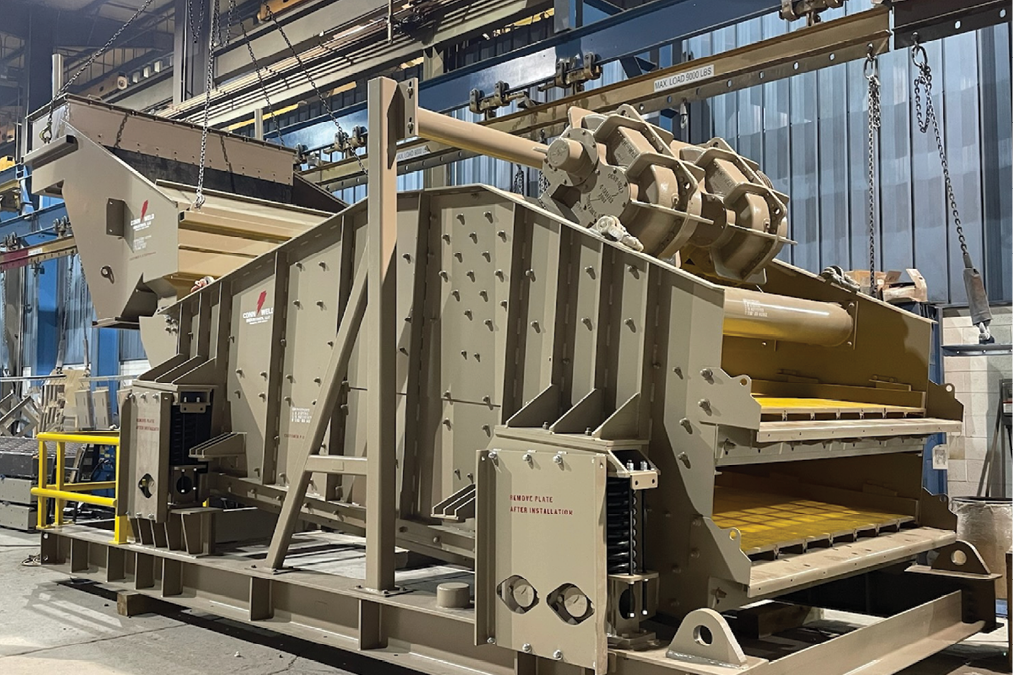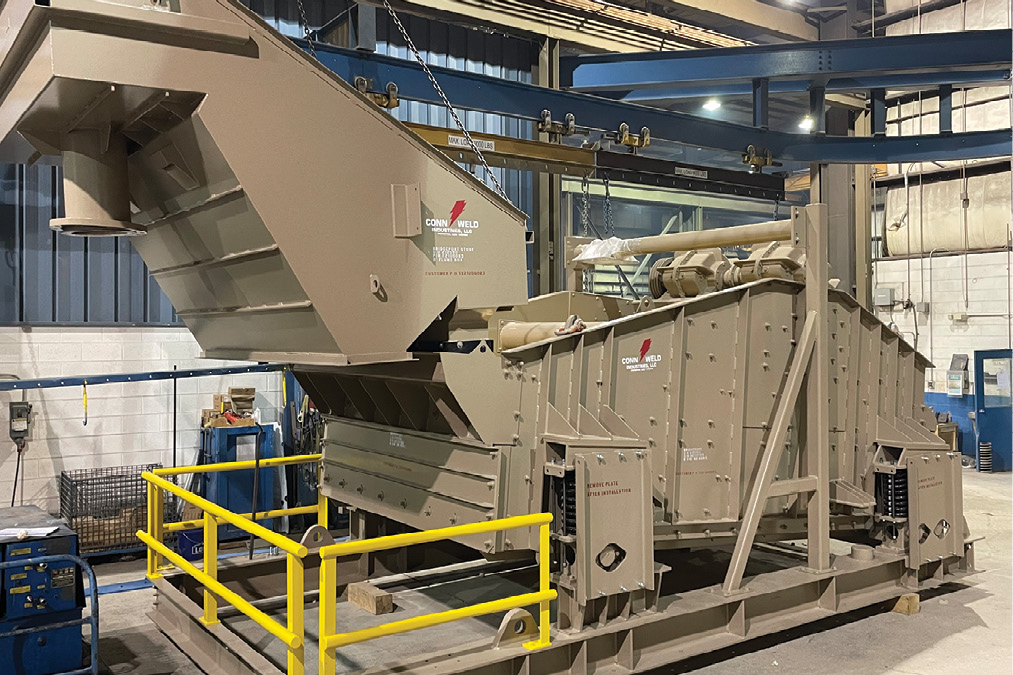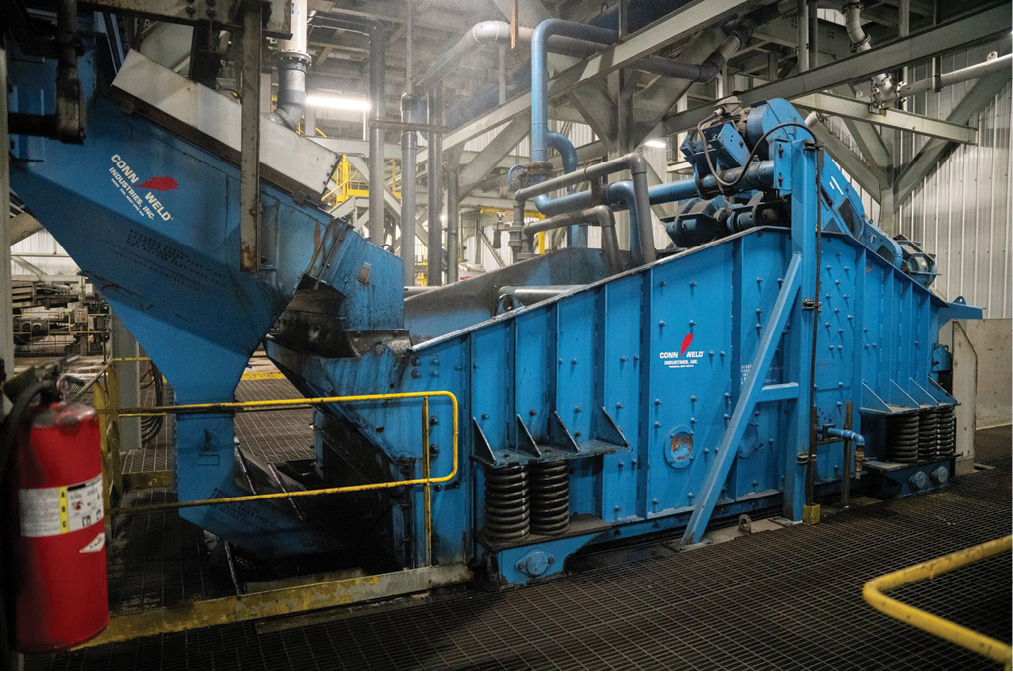There are a number of common issues – or pain points – that plant operators run into during their journey to greater efficiency. How can these facilities get the most from their designs, and what role does maintenance have in that?
By Donna Schmidt
Processing success can sometimes feel like the fair game whack-a-mole: fixing one issue, then taking a breath before another pops up. It doesn’t have to be that way, though, according to Conn-Weld president Marvin Woodie, vice president of engineering Anthony Fink, plant manager William Jones and engineer Robert Riley. The critical issues many plants encounter are often easily solvable with a few key adjusted processes.
The first step: determining wherein the problem lies. As Woodie noted, one of the most significant pain points for facilities is the level of skill possessed by employees on the processes and mechanics of related equipment. What’s more, this problem is one that is consistent regardless of plant size or ore being processed.



Beyond the user is the design itself. As Woodie pointed out, one of the leading common problems reported, regardless of location or whether processing is wet or dry, is how material is presented to the vibrating screen. Direct dumping from a belt or chute to the screen will not result in the best efficiency – in reality, it likely will only result in a bottleneck.
Conn-Weld pointed out that when vibrating screens are functioning outside of their design, problems can easily arise. Increasing wear life of the components of the screen as well as the screen media — which will, in turn, optimize its efficiency — begins with how material is fed to the machine.
The solution here is something Conn-Weld is known for: a customized system created to the specs of individual customers. As engineer Robert Riley outlined, integrating a custom feed system between the feed point and vibrating screen is ideal for mining customers. In addition, he recommended a well-designed feed box – that being, a sieve that is flat or curved, or some combination of both – that incorporates the site’s surrounding conditions and feed source can help a facility get the most from their screen.
Said Fink: “Vibrating screens are designed and sized by data of the material being fed to the machine. If other equipment in the system is not properly set so that the material going to the screen is fairly consistent with the original data, it will affect the capacity (tons per hour) and the yield (percent efficiency).
“Likewise, regarding the yield, the screen media must also be maintained to keep the proper separation points and the distribution across the screen must stay consistent.”
Finally, there is no replacement for proper, comprehensive maintenance to keep the entire system running with maximum uptime, optimum wear part conditions, in the safest and most efficient manner and with the lowest cost. As Conn-Weld pointed out, maintenance often get pushed aside, but what may begin as a minor maintenance issue often will grow exponentially, costing time and money.
Seasonal maintenance for the larger components is one option, as is the development of a regular checklist for the plant design that works with the schedules of the facility’s maintenance team and operations schedules. There is no replacement for seeing the elements of the system in person, which is a top recommendation from Conn-Weld for all of its customers.
If users, maintenance workers, or others involved with the design’s upkeep need refreshers on effective maintenance, the company’s staff is happy to assist and have partnered with many mine sites over its history not just with efficient design, but how to keep it moving optimally.
“In terms of predictive maintenance, data is a great thing and very useful, but it is knowing what the data is telling you on the health of the equipment. Being educated on this is what helps with maintenance planning to reduce downtime and ultimately extend the life of the equipment,” Fink said.
“Technology is great, but it is only a part of the whole picture. Users also need the knowledge to know how to process what they are seeing and collecting,” Jones added.
Fink concluded that as far as tips for how mine sites can get the most from their designs, it is straightforward.
“Vibrating Screens are like other pieces of large machinery in that they are designed to run at their optimum when they are maintained per the OEM’s recommendations. For instance, just like a vehicle engine, it is designed to run using a specific type of oil in certain conditions for a certain amount of time before needing to change the oil. If those recommendations are not followed, it decreases the life and performance of that engine.”
